Plant Details
Latin: Prunus persica ‘Allstar’
Hardiness Zone: 5 – 8
Height: 8′ – 15′
Spread: 5′ – 10′
Bloom Time: Spring
Ripens: Late August
Flower Colour: Pink
Fruit Colour: Red with slight yellow undertones
Foliage Colour: Green
Light Requirements: Full Sun
Soil Requirements: Fertile, well-draining soil. Avoid competition with grass near the base of the tree.
Attributes:
- Edible Fruit
- Showy Flowers
Special Considerations: Prune when young to create an open branching structure that allows for even light distribution and more consistent ripening of fruit.
Bare-root Tree Planting Guide
By definition, bare-root trees are not grown in a pot and will not have any soil around their roots – hence the name “bare root”. Our bare-root trees are dormant, which makes them easier to transplant since they experience less transpiration (water loss) immediately after planting because they do not have growing leaf tissue. The best thing you can do for new bare-root stock is to avoid shock as much as possible, so don’t wait until it’s too late in the season to plant. The best time to plant a bare-root tree, or any other bare-root plant, is in the fall or early spring. If you cannot plant right away, is also very important to not let the roots dry out completely as this will severely reduce the viability after planting.
Steps to planting a bare-root tree;
- Prepare the planting site
- Remove all perennial weeds and grasses within 3-4ft of the tree’s location.
- Grass growing close to the trunk is the easiest way to stunt/dwarf trees, which is not what you want in the first few developing seasons.
- A planting hole that is large enough to accommodate the current root system with some extra room to grow.
- For fruit trees, we recommend a round hole at least 3′ W x 2.5′ D. This sized hole or larger will allow the new roots to grow into freshly worked soil over the course of a few years.
- It probably makes little sense to dig any hole deeper than 2’. Most deciduous fruit trees (standard or dwarf) have a somewhat fibrous root system in which their effective feeding roots are typically in the top 1–2’ of the soil. While they may have “anchor” roots that go deeper, these roots are adept at growing downward themselves.
- Add compost and/or fertilizer to the hole and soil removed during digging.
- Spread out the dormant tree’s roots to encourage outward growth.
- Keep the tree vertical in the planting hole (perpendicular to the ground) so that it grows straight.
- Use stakes or metal posts to encourage straight growth especially with dwarfing rootstocks and windy sites.
- The key with tree support is to loosely tie the tree to allow it to still move in the wind so it develops its own support for when you remove the post after a few seasons.
- It is recommended that some dwarfing rootstock remain trellised for their lifetime as their root structure will not be able to support their heavy fruit weights before harvest. Search high-density orchards for more information. BC HD Planting Manual. OMAFRA HD Orchard Trellis Video.
- Refill the hole with native soil (what was removed at digging time), and any other soil amendments. Keep the graft union (noticeable “bump” in the lower trunk) 2-3 inches above the ground. Also, be aware of bud and branch locations when setting in your tree.
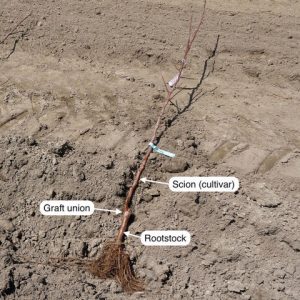
- Gently tamp out any air pockets from the soil once the planting hole is filled, but not too hard to damage the roots or cause compaction.

- Thoroughly water your newly planted tree.
- Prune tree! See our guide to pruning fruit trees.
- (Optional) Mulch around the newly planted tree to help retain and balance soil moisture as the new roots begin to develop. We recommend wood chips as straw grass clipping and sawdust can create over-wintering habitats for rodents who will damage the trunks of the trees.
If planting must be delayed after purchase, keep trees in a shaded/cool location with roots buried in moist peat moss or sawdust. Make sure the media (peat or sawdust) moist/damp and is not soaked/saturated with water for long periods of time because the roots do need to breathe. If the media becomes saturated allow it to dry out over time and avoid overwatering again. The correct moisture should allow you to make a ball of media in your hand that when squeezed lets out some moisture into your hand. Using this method, you may see new roots begin to develop into the media. Be careful when transplanting to avoid breaking too many of the newly developing roots.
Stone Fruit Pruning Guide
It is recommended that most stone fruits, apricots, nectarines, peaches and plums, in particular, should be pruned into an Open Center habit also known as a Vase Shape. This, however, is up to the grower as they can be successfully grown with a central leader habit or espalier.
An open-center structure keeps the tree’s canopy open to light, which is necessary for the development of quality fruit. This shape is beneficial in supporting the heavy fruit crops of certain stone-fruit trees since they generally have a natural outward growing habit. The majority of pruning occurs in the winter or early spring while the tree is still dormant.
New Plantings
Young peach trees tend to be dormant, 3 to 6 foot whips with a profusion of side branches coming from the main stem. As soon as the tree is planted cut the main stem back to a height of 30 to 36 inches above ground level. All of the thin, weak side branches should be removed, but if there are three or four strong side branches that are well spaced around the trunk, retain them to form a framework. Side branches should have wide-angled crotches with the trunk and they should be spaced about 6 to 8 inches apart up and down the trunk. After about three years, the scaffold branches will be well established. During this establishing period, any damaged/diseased, water-sprouts, or branches facing into the center of the tree should be removed.
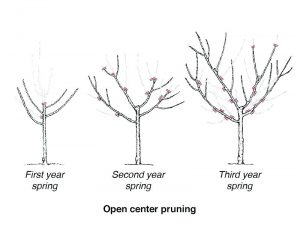
Established Pruning
- Prune one-third of new growth from the previous growing season.
- Prune to completely remove dead, damaged, and diseased limbs.
- Prune to completely remove limbs that are growing inward toward the center of the tree.
- Prune to completely remove tree suckers and water-sprouts whenever they appear – not just when the tree is dormant.
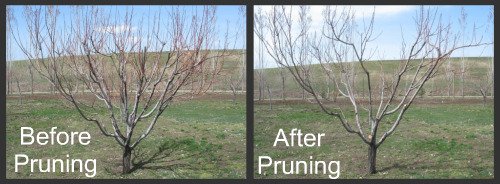
Spring Plant Pre-Order Info
We make it easier to grow your best garden!
What sets us apart from most nurseries, aside from our production growing experience with our products, is that we help you plan well in advance of the growing season by offering to reserve your plants for pickup or delivery in the spring! Our program has helped hundreds of customers secure their gardening desires since 2013!
DETAILS:
We strongly recommend ordering before April to secure your order. Orders are dependent on available inventory! Some stock may have limited available quantities.
We reserve the right to offer a substitution or refund if stock becomes unavailable.
Orders will be reserved once payment has been received. Payment can be made by cheque, gift card, email money transfer or credit card. Please follow the instructions on your invoice.
To avoid delays in order fulfilment, we ask that all orders be paid in full by April 14. You will receive a friendly email reminder of your remaining balance or outstanding payments before these deadlines.
Some items are available to be purchased in bulk quantities. Please contact us for bulk orders.
PICKUP:
All spring plant pre-orders, that do not qualify for mail order shipping or home delivery, must be picked up May from the farm in Krestova. Please click here to see the dates and times. We will send an email confirming the available times for pickup.
FREE DELIVERY:
Free Delivery on orders over $500, within 30 minutes from Krestova! Please contact us to arrange a delivery date after placing your order.
We do not offer home delivery on orders less than $500.
SHIPPING:
Some items may be available to ship via Canada Post. You will be able to select a shipping method at checkout if your order qualifies.
Online order shipments will be sent out according to our Shipping Policy.
For more information please read the full Spring Plant Order Policy.
CANCELATIONS/REFUNDS:
Before March 31st: Orders may be cancelled and refunded minus a service fee (10% of total order value) to cover administrative and payment processing fees.
After March 31st: Orders may be cancelled and refunded up to 50% of total order value.
After May 1st: Orders may be cancelled without refund.
*Due to the nature of working with live plant materials, full refunds (100%) will be offered due to inventory shortages.
Pickup & Delivery
PICKUP:
All spring plant pre-orders, that do not qualify for mail order shipping or home delivery, must be picked up May from the farm in Krestova. Please click here to see the dates and times. We will send an email confirming the available times for pickup.
FREE DELIVERY:
Free Delivery on orders over $500, within 30 minutes from Krestova! Please contact us to arrange a delivery date after placing your order.
We do not offer home delivery on orders less than $500.
For more information please read the Spring Plant Order Policy.
Shipping Policy
SHIPPING UNAVAILABLE FOR THIS ITEM!
This item is for pick up only and does NOT qualify for shipping via Canada Post. View our SHIPPING POLICY to learn more.
Only logged in customers who have purchased this product may leave a review.



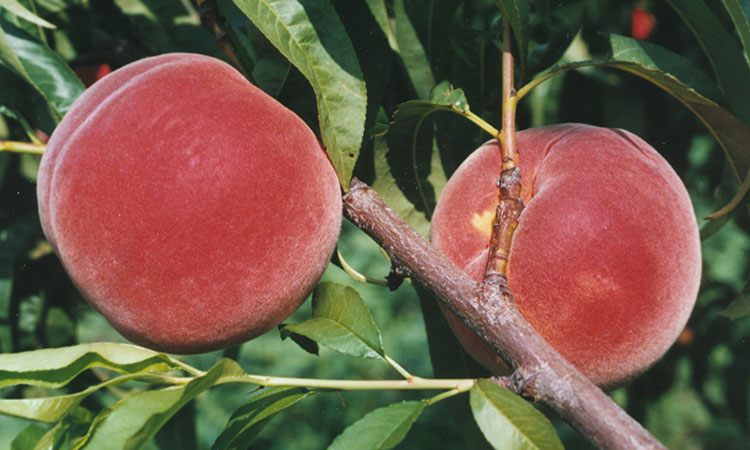
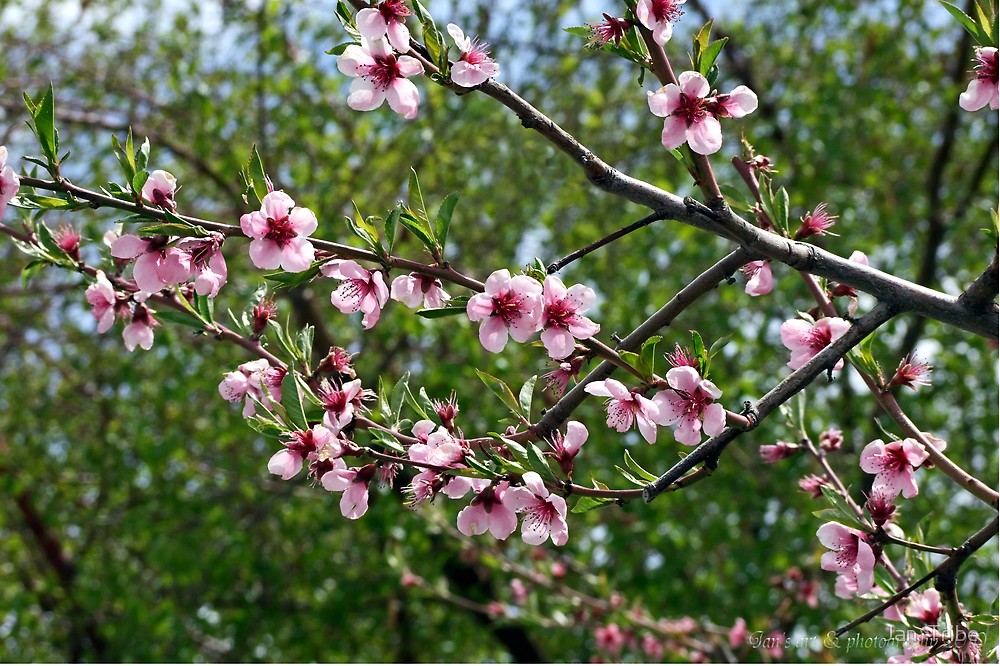




Reviews
There are no reviews yet.